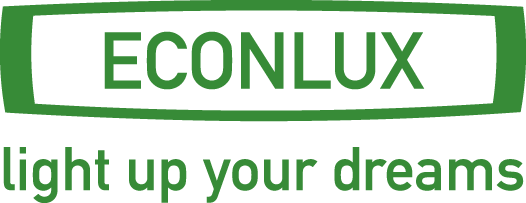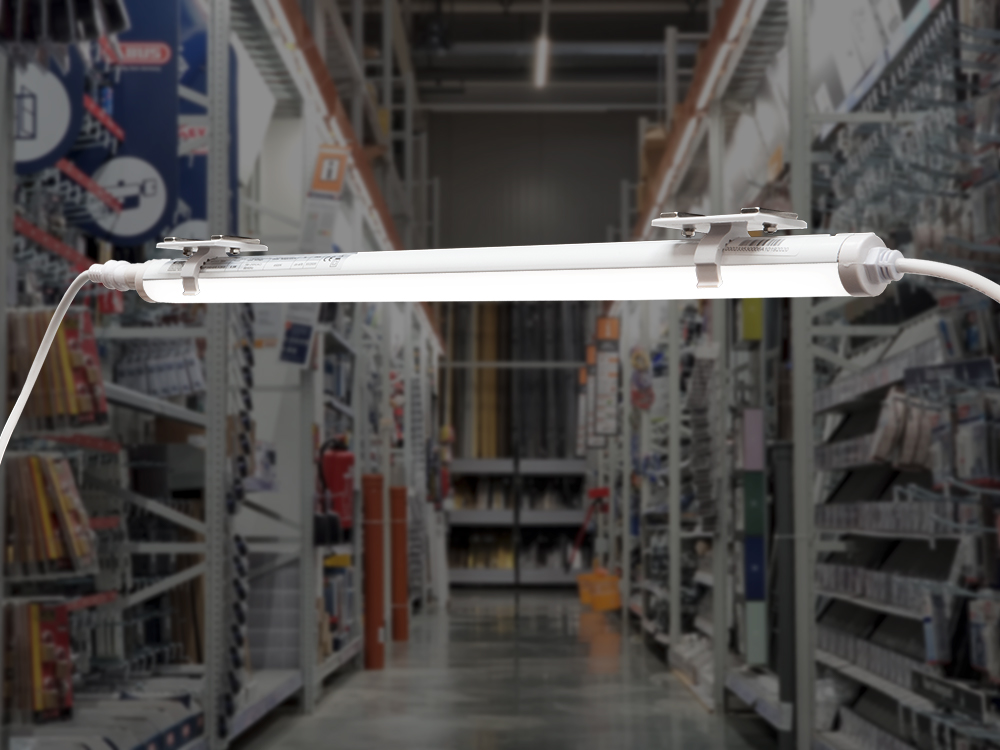The lighting of the workplace plays an important role in productivity and well-being in the work environment. Proper lighting prevents eye pain and fatigue, promoting workplace effectiveness. Good workplace lighting is more than just meeting regulations and requirements. It means that the lighting in a workplace is designed to help employees do their jobs and protect their health and safety.
Legal Requirements and Regulations
In many work environments, lighting requirements must be met according to legal regulations.
In Germany the most important are the accident prevention regulations (UVV) of the professional associations and the guidelines of the Federal Institute for Occupational Safety and Health (BAuA). The UVV regulate occupational safety in Germany and set clear requirements for lighting in the workplace. For example, it must be ensured that the lighting is sufficiently bright to enable work to be performed safely and effectively. The light distribution must also be correct so that there are no shadows in which sources of danger can be hidden.
The BAuA is a federal research institute that deals with occupational safety and health. On its website, it provides various guidelines and recommendations on workplace lighting that companies and businesses should take into account. For instance, the BAuA recommends that workplace lighting should be designed so that employees feel comfortable and their performance is not impaired. According to the Federal Occupational Health and Safety Act (ASG), adequate lighting must be ensured at every workplace to protect the health of employees. This means that the employer is obliged to provide and maintain appropriate lighting.
Another regulation is the guideline for workplace lighting issued by the Berufsgenossenschaftliches Institut für Arbeitsschutz (BIA). This guideline provides precise instructions and recommendations for proper workplace lighting so that all risks can be minimised.
Lighting Requirements According to DIN EN 12464-1
This standard specifies lighting requirements for people at indoor workplaces that meet the visual comfort and performance requirements of people with normal or corrected-to-normal vision.
According to DIN EN 12464-1, employers have a duty to provide adequate lighting for their employees’ workplaces. This standard specifies minimum requirements for illuminance, the minimum distance of lamps from the workplace and the colour temperature of the light sources used.
The prescribed illuminance depends on the employee’s activity and the workplace. In an office, for example, it is 500 lux (lux = lx), whereas in a workshop or warehouse it is at least 750 lux. For certain applications, such as surgical treatment, up to 1500 lux may even be required.
According to DIN EN 12464-1, the minimum distance between luminaires and the workplace is 2.5 metres for direct lighting and 6 metres for indirect lighting. The colour temperature should not be below 3000 Kelvin, which corresponds roughly to the light of an ordinary light bulb.
When choosing the right lighting, it is important to ensure compliance with these regulations. This is the only way to ensure that employees can work optimally and that they do not suffer any damage to their health. Furthermore, it is recommended to keep an eye on technical progress: More and more energy-efficient LED light sources enable companies to save energy and costs – without having to compromise on comfort.
Examples of Good Workplace Lighting in Practice
In addition to the prescribed minimum requirements for workplace lighting, there are also some general guidelines that should be followed to achieve optimal lighting. These include:
- Lighting should be directed so that it falls directly on the work surface and does not shine into workers’ eyes.
- Illuminance should be adjusted to meet the needs of employees. Light that is too bright can cause eye pain and headaches, while light that is too dark can make work more difficult.
- The colour temperature of the lighting should be as neutral as possible so that the colours of the surroundings are not distorted.
- Lighting should be as glare-free as possible so as not to dazzle or irritate employees.
Some companies opt for a solution that goes beyond the basic requirements.
A good example is a wholesale company in Virginia that switched completely to LED lighting. The LED lighting produces a bright but evenly distributed beam of light that helped employees work more efficiently. The use of LED luminaires also significantly reduced the company’s energy consumption.
Another good example is an office building in California where all the luminaires are equipped with daylight sensors. This means that the luminaires automatically become brighter or dim depending on how much natural daylight is available. The property owner was thus able to reduce energy consumption while improving the quality of lighting.
And third: Another innovative idea is to use colour temperature controllers. These controllers allow the company to control the colour temperature of the luminaires and thus influence the lighting effect. A high colour temperature is often perceived as brighter and more pleasant than a lower colour temperature. This system can therefore be used to adjust and optimise both comfort and energy consumption.
There are many other innovative ideas for good workplace lighting – all you need is creativity and the will to improve the work safety and health of employees.
Investing in good lighting is always worthwhile!



